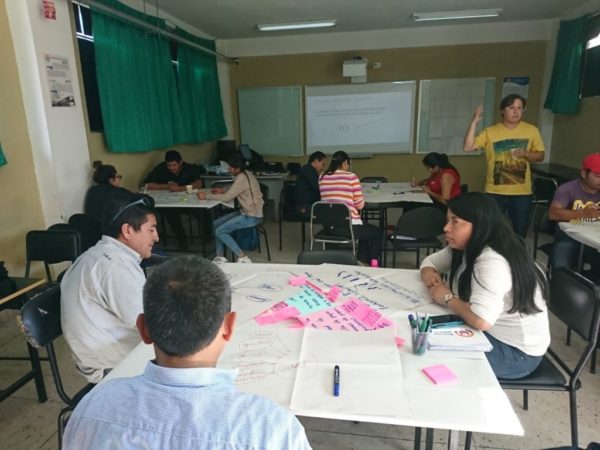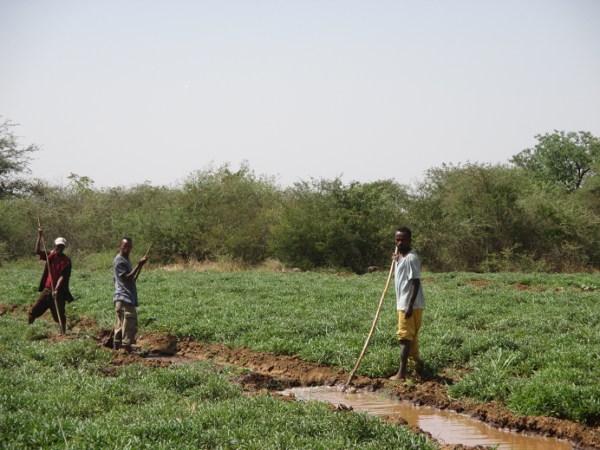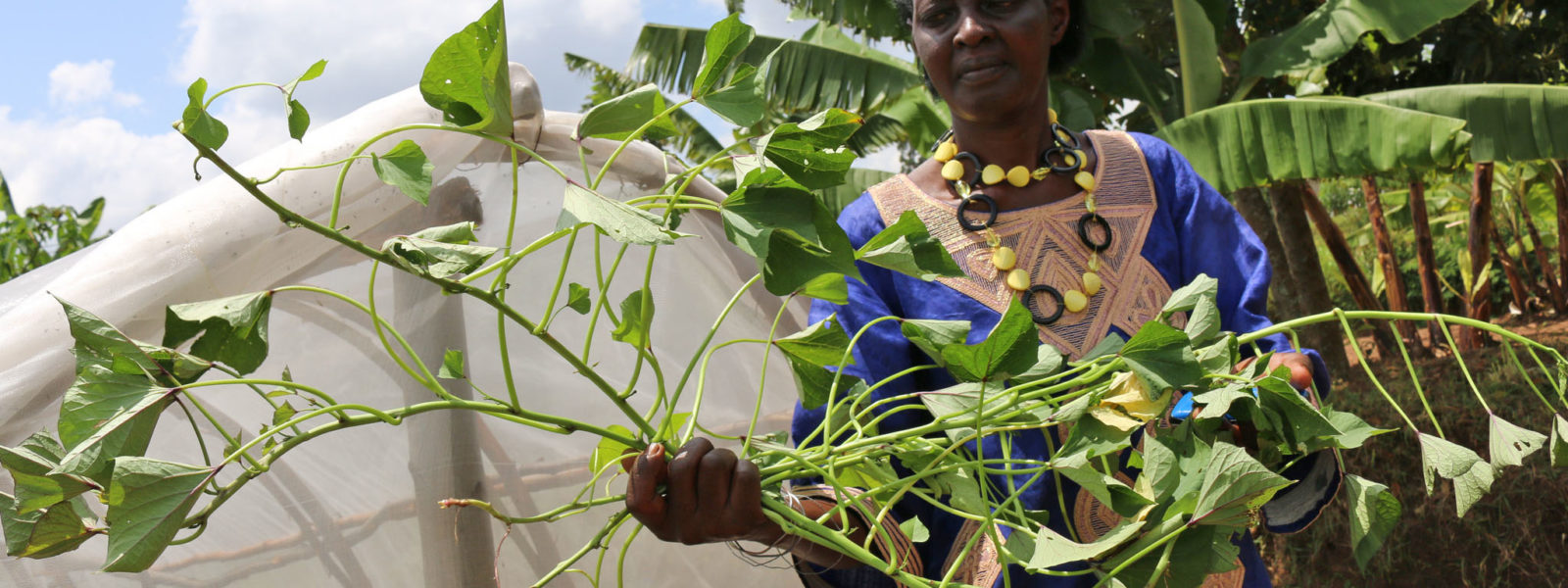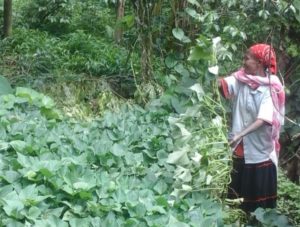By Jorge Andrade-Piedra and Margaret McEwan of the International Potato Center (CIP), co-leaders of the RTB cross-cutting cluster on access to quality seed.
“Why are the seed systems for roots, tubers and bananas (RTBs) so complex?” As a social scientist, this is an exciting challenge – to understand the interactions between technologies and social conditions and how to improve the linkages and coordination among stakeholders so that different types of farmers can access quality seed of their preferred varieties when they want it. However, when I debate with my agronomist colleagues, they complain – “Margaret, you are making things too complicated – is there not a simple way to present this?”
In 2012, this question was tackled by a group of scientists of the CGIAR Research Program on Roots, Tubers and Bananas (RTB). They work together in cluster CC2.1. which focuses on improving RTB planting material and access to new varieties, part of the program’s Flagship project 2 on Adapted productive varieties and quality seed.
RTB crops are vegetatively propagated and have fundamental differences with crops grown using true seed: they are bulky, can easily carry pests and diseases, tend to remain true to varietal type for generations. They also have low multiplication ratios. These features, combined with multiple stakeholders working at different levels in the system – which are geographically and temporally separated – create a “wicked” challenge.

CIP’s partners meet at the Technical University of Cotopaxi in Salcedo to understand potato seed systems in the highlands of Ecuador. They are using the multi-stakeholder framework. March 2018. Credit: I Navarrete/CIP-WUR
The cluster’s answer was to develop a simple yet powerful tool that would allow practitioners and decision makers to analyze key seed system functions from the perspectives of all stakeholders; to identify how their roles mesh together; so that no key functions or players are ignored. This tool is the ‘multi-stakeholder framework for intervening in roots, tubers and bananas seed systems’ (also known as ‘the multi-stakeholder RTB seed framework’). The framework follows the concepts of seed availability, access and quality first developed in the seed security framework by Remington et al. 2002 and the seed system security assessment (Sperling 2008; McGuire and Sperling 2016). The framework is presented as a table. The first column lists the stakeholders (e.g. seed users, seed producers, traders, regulators, researchers) of the seed system. The top row lists the functions of the seed system (availability, access and quality), subdivided into action-oriented categories. A detailed guide of the framework can be found here. This explains how to use this tool, with gender sensitive guiding questions, at different stages in a project or intervention cycle.
Hot off the press, is a paper in the Journal of Crop Improvement by Bentley and RTB colleagues. This highlights the use of the framework across 13 case studies of (banana, cassava, potato, sweetpotato and yam) seed interventions from Latin America and Africa. Jorge Andrade-Piedra co-author explains: “this cross-case review has revealed how frequently there is coordination breakdown in RTB crop seed systems. For example, between seed demand and seed supply; and around issues of seed quality when seed regulations are not adapted to local realities.”
After using the framework with different sweetpotato seed system stakeholders in southern Ethiopia, Mihiretu Cherinet, Research Associate at the International Potato Center, confirmed that the framework helped them to be more conscious of the need to assess all three dimensions of seed system functioning (availability, access and quality), before implementing activities: “Our interest is to understand how to leverage the strengths of the traditional sweetpotato vine multipliers who have close ties with traders. The results from using the framework showed that, while seed users had greater access to planting material from the traditional system, the quality of the seed from that system was unknown.” Cherinet and his colleagues are now following up with an in-depth study to assess the seed quality from the traditional system.

The use of the framework has led to a study to compare the quality of sweetpotato planting material from the traditional system (above) and from commercial sweetpotato vine multiplier’s (below), Southern Nations, Nationalities and Peoples Region (SNNPR) Ethiopia. Credits: B Temesgen (above) and M McEwan (below) / CIP.
This framework is part of a set of tools developed by RTB to improve the understanding of existing seed systems on roots, tubers, and bananas, and improve the design, implementation and evaluation of new interventions. The “RTB Seed Toolbox” also includes tools for impact network analysis, seed degeneration models, means-end chains, and seed tracing. The Toolbox will be officially launched at the RTB annual meeting in Cali, Colombia in October 2018. A systematic application of these tools will help us unravel the “wicked” challenge of RTB crop seed systems, so that roots, tubers and bananas can contribute to improved food and nutrition security and income generation for resource poor households.
Learn more about the framework in the below webinar:

